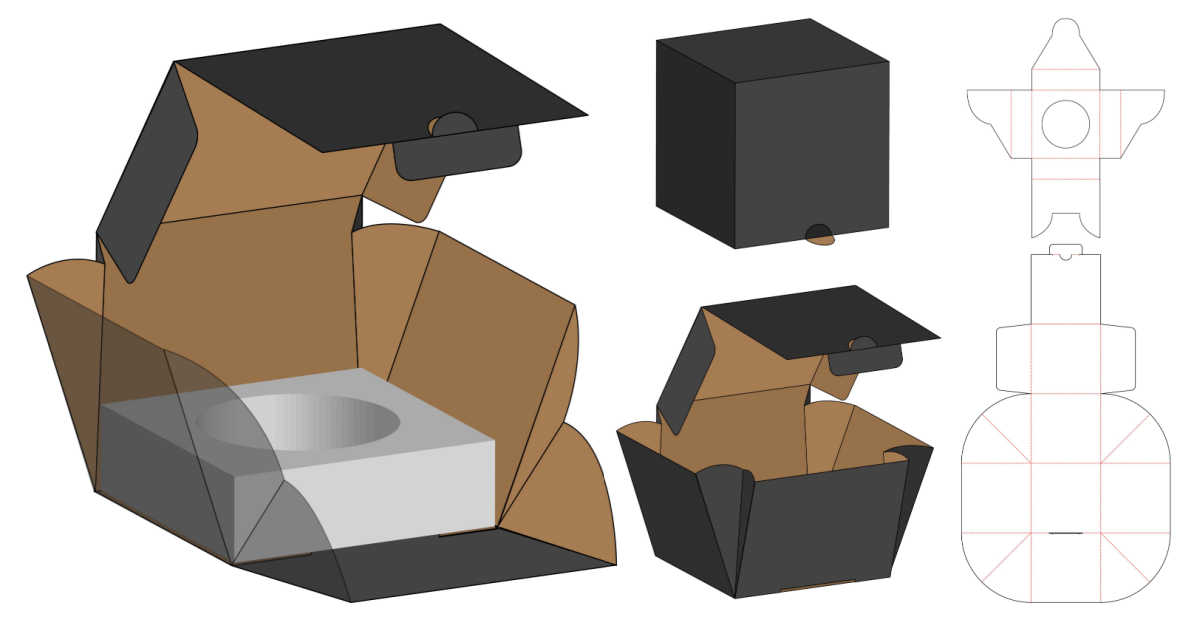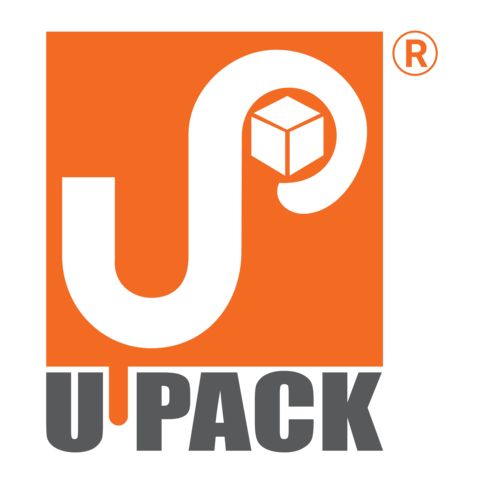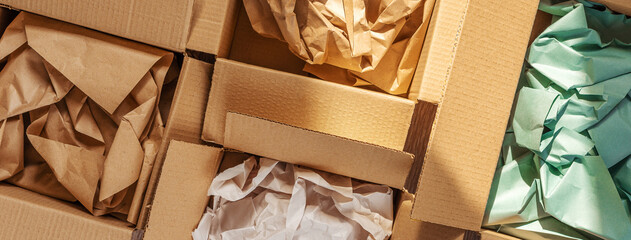The Science Of Packaging: How To Ensure Your Products Arrive Safely
The Science Of Packaging: How To Ensure Your Products Arrive Safely

Have you ever received a package that arrived damaged or with its contents broken? It's a frustrating experience that can leave a bad impression of the product and the company that shipped it. This is why packaging plays a critical role in ensuring that products arrive safely at customers' addresses.
The science of packaging goes beyond just putting products in a box and shipping them off. It involves a combination of engineering, design, and material science to create packaging that can withstand the rigors of transportation while also protecting the contents inside.
In this article, we will examine the fascinating world of packaging science and learn how companies can ensure that their products arrive safely and intact.
So, it doesn't matter whether you're a business owner or a curious consumer, read on to discover the secrets of packaging science.
The Science Of Packaging
Packaging science is a multidisciplinary field that combines principles from engineering, design, and material research. To create packaging that protects products during transportation and storage it is crucial to understand the physics of shock and vibration.
Shock occurs when a package experiences a sudden impact, such as being dropped or hitting a hard surface. Vibration, on the other hand, occurs when a package experiences continuous movement, such as during transportation in a truck or airplane. Both shock and vibration can cause damage to the contents inside a package.
To prevent damage, packaging scientists use a combination of materials and design techniques to absorb and dampen these forces. Cushioning materials such as foam and bubble wrap can be used to create a padded effect that absorbs shocks and vibrations.
Structural design techniques can also be used to distribute the forces evenly across the package, reducing the likelihood of damage. For example, reinforcements can be added to high-stress areas of the package, and materials with high-impact resistance can be used.
In addition to preventing damage from shock and vibration, packaging science principles also consider other factors, such as environmental sustainability and regulatory compliance. By using these principles, packaging scientists can create containers that ensure products arrive safely and in good condition.
Testing and Analysis
Packaging testing and analysis are essential parts of the packaging development process. There are several different types of packaging tests and analysis methods, each designed to measure specific aspects of the packaging's performance.
Below given is the curated list of the most common packaging tests and analysis methods-
Drop Tests:
Drop tests are designed to simulate the impact of a package dropping from a specific height onto a hard surface. The test involves dropping the package onto a hard surface and then examining the package for damage. The height of the drop is gradually increased until the package is damaged or fails.
Compression Tests:
Compression tests are designed to measure the resistance of a package to vertical loads, such as stacking or transportation in a truck. The test involves applying a gradually increasing amount of force to the top of the package until it fails or reaches a predetermined limit.
Vibration Tests:
Vibration tests are designed to simulate the effects of continuous movement during transportation. The test involves subjecting the package to a series of vibrations at various frequencies and intensities. The package is then examined for damage.
Environmental Tests:
Environmental tests are designed to simulate the effects of various environmental conditions, such as temperature and humidity, on the package and its contents. These tests can include temperature cycling, humidity exposure, and exposure to UV light.
Material Analysis:
The material analysis involves testing the properties of the packaging materials themselves. This can include testing for strength, flexibility, and durability.
Shelf Life Testing:
Shelf life testing involves subjecting the packaged product to various environmental conditions over an extended period to ensure that the packaging can protect the product throughout its expected shelf life.
Types Of Protective Packaging
Protective packaging is an essential part of ensuring that products arrive safely and in good condition. There are various types of packaging materials and solutions available, each with its own unique properties and benefits.
Below given is the curated list of the most common types of protective packaging-
Bubble Wrap:
Bubble wrap is a lightweight plastic material that consists of small air-filled bubbles. It is generally used to wrap fragile items to protect them from impact and shock during transportation. Bubble wrap sheets come in a variety of sizes and thicknesses, and their cushioning properties can be customized to suit different products.
Foam Inserts:
Foam inserts are designed to fit snugly around a product to provide a custom-fit cushioning solution. The foam is available in various densities and thicknesses and can be customized to fit the exact dimensions of the product. Foam inserts are ideal for protecting delicate items during transportation.
Custom Corrugated Boxes:
Corrugated boxes are made from a rigid and durable material that consists of three layers of paper with a wavy inner layer. This construction provides excellent strength and cushioning properties, making it ideal for protecting products during transportation. Corrugated carton boxes come in a variety of sizes and strengths and can be customized to fit the specific needs of the product, such as TV packing boxes, AC packing boxes, and many more.
Air Pillows:
Air pillows are lightweight and flexible packaging materials that can be used to fill empty spaces within a package to prevent products from shifting during transportation. Air pillows are made from a thin plastic material and can be inflated using a specialized machine.
Molded Pulp:
Molded pulp is a biodegradable packaging material made from recycled paper products. It is molded into a custom shape to fit around a product and provide protection during transportation. Molded pulp is commonly used to protect electronics, appliances, and other high-value items.
Paper-Based Packaging:
Paper-based packaging materials, such as kraft paper and newsprint, can be used to wrap and cushion products during transportation. These materials are cost-effective, recyclable, and can be customized to fit the product's specific needs.
Custom Packaging Solutions
Custom packaging solutions are tailored packaging options that are designed specifically for a product or a brand. They can be customized in terms of size, shape, material, design, and branding elements to fit the specific needs and requirements of a product or brand.
Below given are some examples Of Custom Packaging Solutions-
Branded Boxes:
Branded boxes are a popular custom packaging solution that features a company's logo and branding elements. These boxes are designed to fit the specific dimensions of a product, ensuring that the product is protected during transportation and storage.
Custom Inserts:
Custom inserts are designed to fit snugly around a product to provide additional cushioning and protection. These inserts can be made from various materials, such as foam or molded pulp, and can be customized to suit the exact dimensions of the product.
Printed Tissue Paper:
Printed tissue paper is a cost-effective way to add a custom touch to the packaging. It can be printed with a company's logo or custom design, adding a touch of elegance and sophistication to the packaging.
Custom Tape:
Custom tape is an effective way to secure packaging and enhance brand visibility. It can be printed with a company's logo or custom design and can be used to seal boxes and packages.
Eco-Friendly Packaging:
Eco-friendly packaging is a custom packaging solution that is designed to minimize environmental impact. It can be made from materials such as recycled paper or biodegradable materials, providing an eco-friendly option for businesses.
Shipping Best Practices
Shipping best practices refer to the strategies and techniques used to ensure that products are delivered to their destinations safely and on time. To help businesses optimize their shipping process, we have curated a list of the best shipping best practices-
Proper Packaging:
One of the most important shipping best practices is product packaging safety. Objects should be packaged in a way that protects them from damage during transportation. This may include using bubble wrap, foam inserts, or corrugated boxes to provide additional protection.
Labeling & Tracking:
Proper labeling and tracking are essential for ensuring that products are delivered to the correct destination on time. This may include using barcodes or QR codes to track packages and ensure that they are delivered to the correct recipient.
Carrier Selection:
Choosing the right carrier is important for ensuring that products are delivered on time and in good condition. Different carriers have different strengths and weaknesses, so it is important to choose a carrier that is best suited for the specific needs of the product and the business.
Insurance:
Shipping insurance can provide protection in case products are lost or damaged during transportation. This can help businesses recover the value of lost or damaged products and minimize financial losses.
Communication:
Communication is key to ensuring that products are supplied on time and to the correct destination. Businesses should communicate with carriers, customers, and other stakeholders to provide updates on shipping status and address any problems or concerns that may arise.
Compliance:
It is important for businesses to comply with all relevant regulations and requirements related to shipping. This may include restrictions on certain types of products, customs regulations, or hazardous materials regulations.
Conclusion
Packaging science is crucial to ensure that products arrive safely and in good condition. Testing and analysis methods, along with various protective packaging materials and solutions, can help prevent damage during transportation.
By implementing effective packaging solutions and shipping practices, businesses can maintain customer satisfaction, build a strong reputation, and ultimately increase their bottom line.

